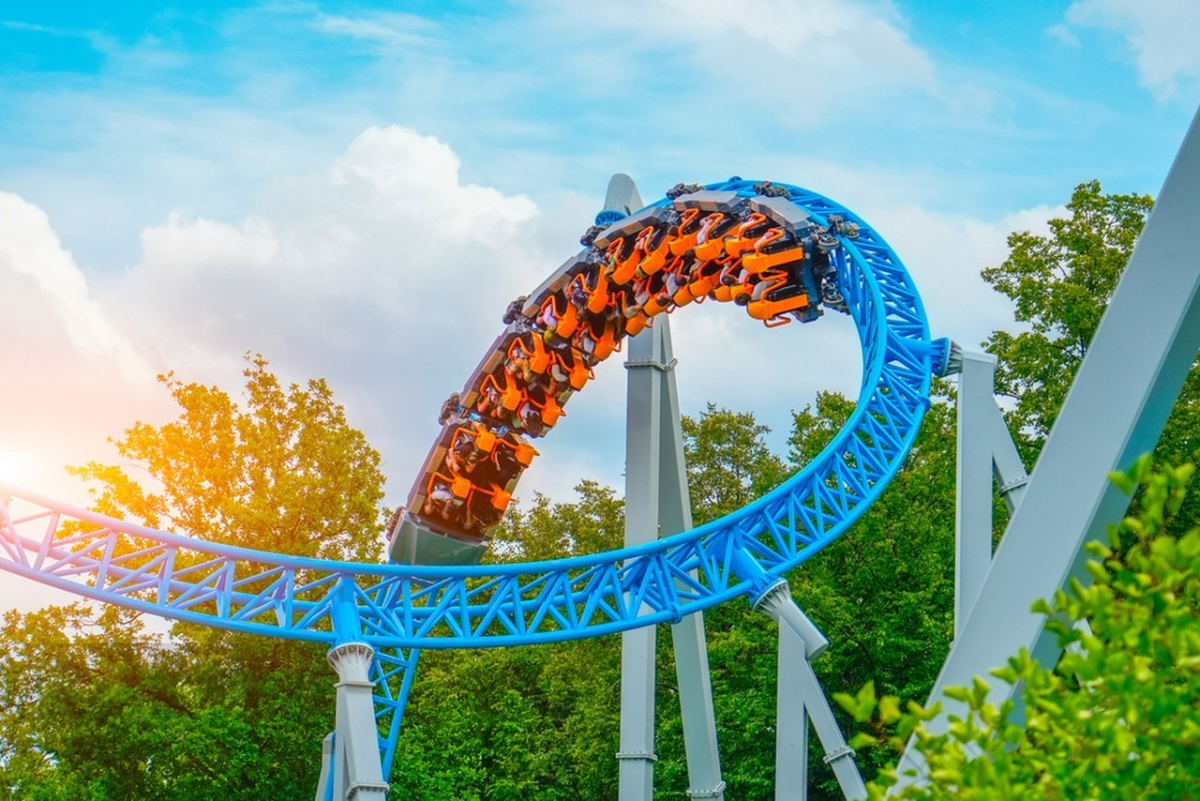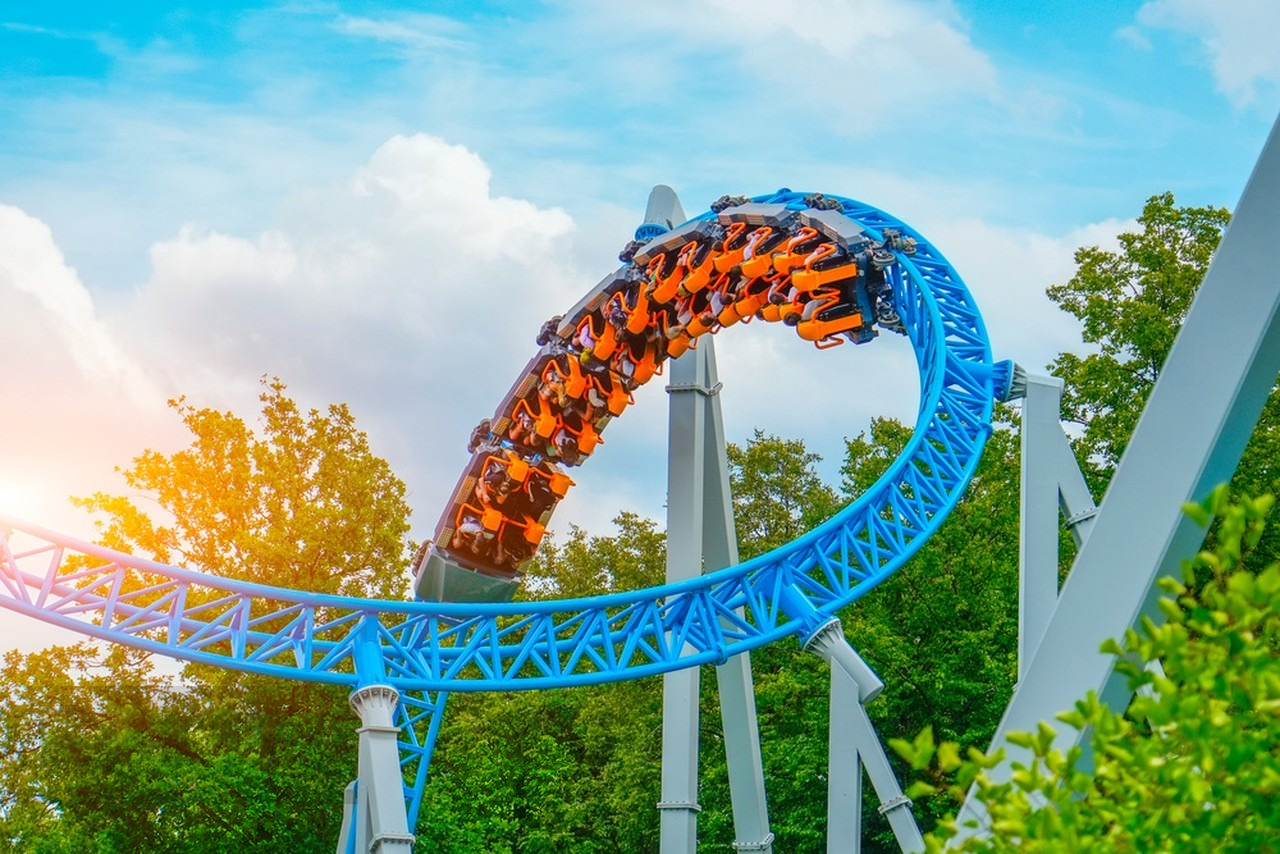Why Setup Speed Matters for Traveling Parks and Seasonal Events
For permanent parks, roller coasters are long-term investments assembled and operated on a fixed foundation. For traveling carnivals and seasonal operators, however, installation time is a direct expense: longer setups mean higher labor bills, less time open to the public, and fewer stops per season. Choosing a coaster (американские горки купить) that can be erected and certified quickly increases revenue potential and reduces logistical risk.
Operational impact of longer assembly
Time on-site equals labor hours, equipment rental, and potential lost revenue. A model that takes multiple days to install requires specialized crews and sometimes cranes or forklifts. In contrast, a compact model designed for portability reduces both the number of staff and the tools needed, letting you move more often and recover costs faster.
Balancing Portability With Guest Experience
Not every market needs a towering steel coaster with inversions. Portable coasters can still deliver memorable moments while minimizing setup demands. A well-chosen portable coaster keeps lines moving and attendees delighted without the heavy operational footprint of larger attractions.
Kiddie options and family appeal
A kiddie roller coaster (детские американские горки) is an ideal choice when you want fast setup and broad family appeal. These rides typically have short, lightweight track sections and small trains that mount directly on trailers, enabling crews to have them operational within hours rather than days. The low complexity improves reliability and simplifies routine inspections.
When to invest in larger, semi-portable coasters
If your business model targets regional festivals or long-term seasonal residencies, a mid-size portable coaster may be viable. These require more planning and a slightly longer setup window, but they also command higher ticket prices. Make the choice based on stop length, crew skill, and expected return on investment.
How Roller Coasters Compare to Simpler Mobile Attractions
Comparing coasters to attractions such as funhouses, bumper cars, or a classic pirate ship ride (купить аттракцион корабль) helps clarify what “portable” means in practice. A pirate ship ride typically has a simpler structural footprint—fewer track-type elements and a single dominant swinging arm—so it can be assembled more quickly than many coasters.
Why some carnivals prefer mixed portfolios
Many operators build an attraction mix: include one compact coaster (or a kiddie roller coaster) alongside easily set-up favorites like the pirate ship ride and bumper cars. This approach offers variety to guests while keeping average setup time manageable across the fleet.
Key Design Features That Simplify Installation
When evaluating portable roller coasters, prioritize these features that reduce setup time and simplify logistics:
- Modular track sections: Short, lightweight track pieces with quick-lock connections cut assembly time.
- Trailer-mounted footprints: Coasters built on trailers remove the need for deep foundations and speed site setup.
- Integrated hydraulics: Onboard systems for raising supports replace the need for external cranes in many cases.
- Plug-and-play electrics: Pre-wired control cabinets and color-coded harnesses streamline commissioning and safety checks.
- Clear documentation: Well-labeled parts and step-by-step manuals reduce errors and make new crew onboarding faster.
Cost Considerations Tied to Setup Complexity
Operational expenses rise with setup complexity. Heavy coasters demand cranes, certified rigging personnel, and longer site windows. Simpler rides (виды аттракционов)—like many kiddie models and single-arm attractions such as the pirate ship ride—lower recurring costs even if their upfront price is similar. Consider lifecycle cost (transport, installation, maintenance) rather than just purchase price when evaluating options.
Budgeting for labor and equipment
Factor in realistic labor rates, trailer counts, fuel for transport, and rental costs for cranes or lifts. That calculation often changes the attractiveness of a large coaster versus a compact, quick-erecting alternative.
Long-Term Benefits of Choosing Practical, Portable Models
Smart selection yields operational flexibility: you can attend more events, reduce downtime, and react quickly to booking opportunities. A coaster that is reliable to set up becomes a marketing asset rather than a logistical burden—particularly important for operators who depend on a tight rotation of stops.
Scalability and resale value
Portable coasters with modular designs often have higher resale value and are easier to upgrade. If your business grows or you change markets, modularity makes it easier to expand capacity or reconfigure layouts.
Conclusion: Match the Ride to Your Business Model
Choosing the right roller coaster means matching technical features to your operational needs. A kiddie roller coaster frequently makes the most sense for operators who need short setup windows, low crew requirements, and broad family appeal. For those who want marquee thrill rides, weigh the increased installation time and costs against potential revenue. Complementing a portable coaster with efficient classics like a pirate ship ride produces a balanced, profitable lineup.
Need help selecting models that fit your route map and crew capabilities? Visit Beston Rides for product specifications, setup guides, and consultation services tailored to traveling carnivals and seasonal parks.


